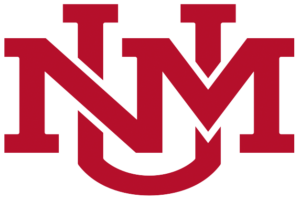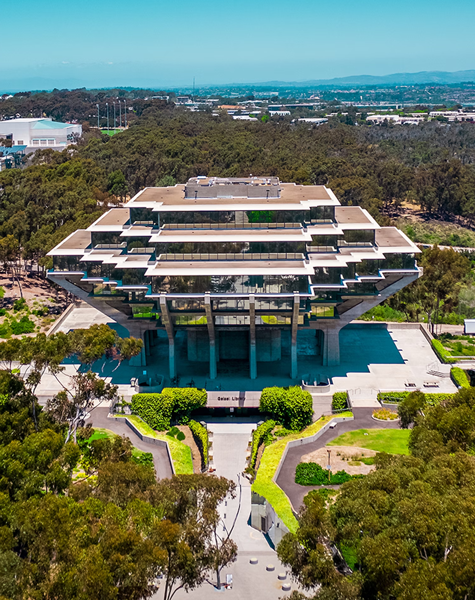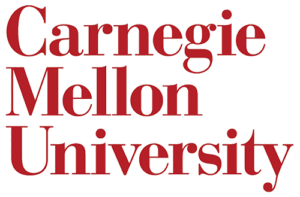Energy Management Software Solutions
The University of Kansas (KU) is a teaching and research institution that operates on multiple, regional campuses. In order to meet the demands and challenges of enterprise energy management, including the complex internal billing frequently associated with university energy administration, KU turned to EnergyCAP. EnergyCAP offered a solution for auditing utility bills at multiple points during the bill entry and/or approval processes; using the audits to develop actionable energy management objectives; calculating chargeback amounts; providing chargeback invoicing to campus departments and divisions; tracking energy use trends; and performing measurement and verification (M&V) for energy projects. Other value streams included interval data processing/analysis and utility billing data export.
Measuring, Tracking and Auditing Energy Efficiency
With a multi-campus structure, KU was trying to track and audit measurements from more than 1,100 meters and submeters; allocate energy use to a complex structure of divisions and departments; and equitably charge back for energy use. The Facility Management Department also had to provide utility data on demand for custom reports requested by multiple stakeholders. Limitations in submeter technology presented data management difficulties, since equipment ranged from manual-read analog meters to digital meters capable of storing interval data.
“The Facility Management Department at KU is in essence a utility company that provides water, sewer, electricity, and steam to reimbursable customers such as the [student] unions, athletics, housing, food services, a commercial building, alumni association, endowment, parking, and student recreation center,” said Scott McVey, Energy Conservation and Utility Manager. “Because annual revenue from these chargebacks totals over $2.3 million, accurately creating and managing campus chargeback transactions is a high priority business process.”
The Solution
The University of Kansas discovered a utility bill tracking solution in EnergyCAP energy and sustainability software. EnergyCAP UtilityManagement™ is now being used for facilities management at the Lawrence campus, the Edwards campus, and several other KU-owned buildings. Currently, energy accounting data from about 90 percent of the University’s property portfolio is being managed in EnergyCAP UtilityManagement.
Chargebacks. KU uses bill splits, calculated accounts, and virtual meter scripts to process chargeback accounts. The most common process is to obtain usage information from the University’s extensive submeter system. Then, usage can be automatically multiplied by the campus main meter’s current rate to calculate costs for chargeback accounts. Some situations are more complex and require scripts and/ or bill splits. EnergyCAP UtilityManagement has a built-in Visual Basic scripting module to facilitate chargeback scenarios like those at KU. Meter readers read all campus meters each month, and the data is entered into the EnergyCAP database. Custom scripts then calculate the current cost of the various utilities to establish chargeback rates to billable buildings. The bills are actually generated by EnergyCAP and exported to the campus accounting system. From there, customers are invoiced for payment.
Audits. Scott McVey uses EnergyCAP UtilityManagement’s bill audits extensively, and has developed a monthly audit process that has proven to be effective in finding and correcting billing and data entry errors. As part of that process, McVey makes notes on audit results using EnergyCAP UtilityManagement’s Bill Message feature. The Bill Message report (BL20) provides a list of the bill messages which then become issues for investigation by building maintenance staff. “The audit process has allowed me to identify utility use irregularities in buildings that often end up being metering or building problems,” said McVey. EnergyCAP UtilityManagement’s bill audits recently helped identify a plumbing leak in a building. Staff members were able to respond in a timely fashion to correct the costly issue.
Utility data export. The KU Facilities Management Department must often provide monthly utility billing data to stakeholders outside of the department, including university administrators and the campus budget office. The EnergyCAP Excel Bill Transfer Format report (BL23A) provides a quick and easy way to copy utility data in tabular format to Microsoft® Excel® for custom reporting on year-to-date expenditures. McVey uses a similar process to generate the annual utility report for the university. EnergyCAP UtilityManagement data export options have been valuable in preparing custom utility reports for a number of campus entities.
Trend analysis. McVey uses EnergyCAP UtilityManagement PowerViews (charts and graphs of utility billing data) to quickly identify and respond to anomalies in energy use and cost. PowerViews make it easy to spot increasing energy use, rate trends, and data entry errors.
Interval data analysis—Recently, KU has begun tracking interval data from the high volume electric meters. Initially the primary campus meters will be tracked, in order to compile load profiles for analysis reference. The data will assist in determining energy use patterns and estimating excess electric service capacity when adding future loads.
Measurement and verification (M&V). In April 2008, KU began a major project applying insulation to steam piping, steam condensate piping, valves, and other steam accessories. This project included application of over 14,000 square feet of insulation to ½-inch to 18-inch piping located in building mechanical rooms, steam tunnels, and the power plant building.
EnergyCAP UtilityManagement was used as a measurement and verification tool to verify performance results. It’s powerful Cost Avoidance feature uses the whole-building methodology, a recognized measurement and verification protocol used by energy consultants for performance-based contracting.
“EnergyCAP UtilityManagement was used to track gas use data at our central steam plant to compare pre- and post-insulation energy use,” said McVey. “This data was exported and weather normalized. The difference in weather-normalized energy use was then compared to the results of energy savings calculations to confirm the results.” It’s estimated that the project is saving 180,000 therms, and $100,000, annually.
Our Energy Saving Solutions
The energy management needs at the University of Kansas are diverse and challenging. EnergyCAP provided a comprehensive energy management tool set for completing many different tasks. In KU’s case, primary value was derived from the software’s ability to calculate and invoice complex chargeback transactions—what KU Energy Conservation and Utility Manager Scott McVey called “a high priority business process.” In addition, the bill auditing features contributed to energy and facility management processes. EnergyCAP UtilityManagement PowerViews made it easier for staff to track energy use trends, and the Cost Avoidance feature enabled measurement and verification for a large scale energy project.
Acknowledgement
Thanks to Scott McVey, KU’s Energy Conservation and Utility Manager, for his assistance in preparing this Case Study.













